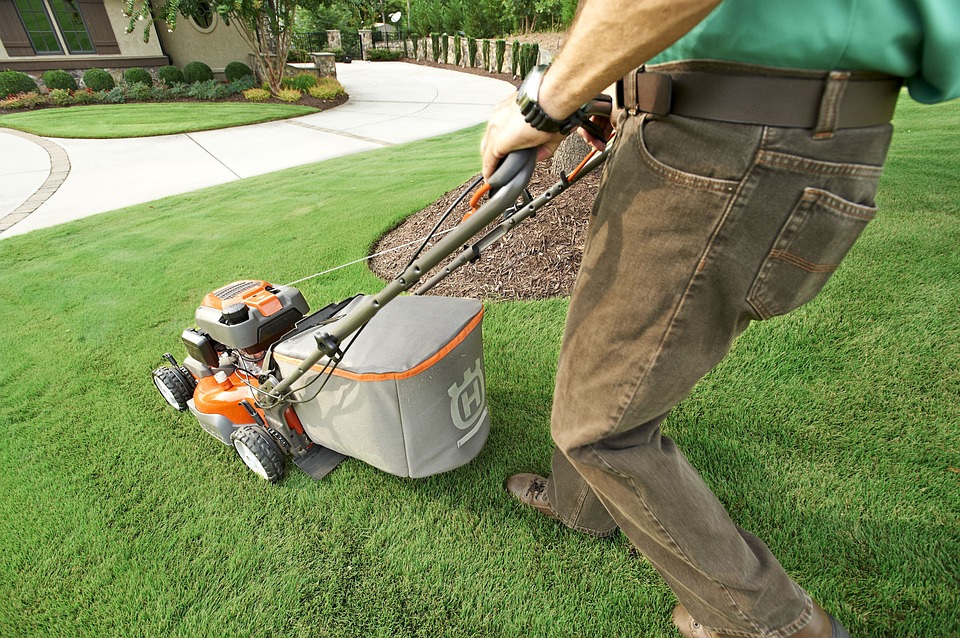Grasscycling 101

Did you know grass clippings are a large, but unnecessary, contributor to our nation’s waste stream?
The EPA estimates nearly 10% of the national solid waste generated annually is made up of grass clipping. That’s about 15 million tons of grass clippings a year!
You can make a difference by grasscycling – the practice of leaving grass clippings on your lawn. Not only is this better for the environment, it’s also better for your lawn!
By not bagging your grass clippings, you are not only diverting organic material from the waste stream, you are also returning important nutrients back to your lawn. This organic fertilizer method increases available nitrogen to help grow lush grass. The increased organic matter helps retain moisture which means less watering and increased resiliency to both drought and erosion.
How To Grasscycle in 4 Steps
- Avoid clumps of grass sitting on your lawn. Only cut grass when it is dry and when it’s the proper height. Your blades should be sharp. If your grass is very tall you can start at the highest setting and work your way shorter over multiple passes.
- Leave the clippings lay. It may take a day or two for the clippings to work their way down.
- Enjoy your lawn.
Did we mention it saves time and money?
- No More time spent raking or bagging clippings means more time for enjoying your yard.
- Never run to the hardware store for leaf bags which saves you both time and money.
- Spend less money on fertilizer for you lawn.
- Save money on your water bill by ditching the sprinkler.
Grasscycling
Read More
April 19, 2022